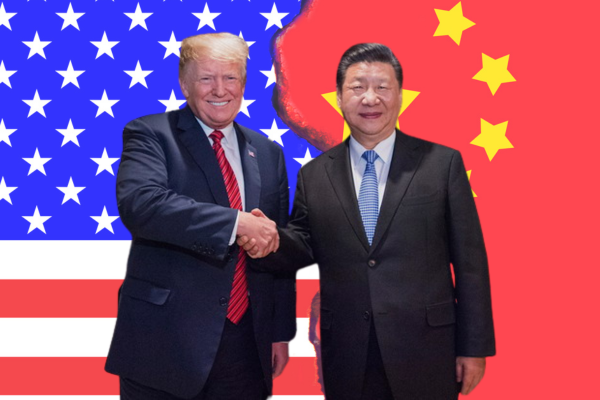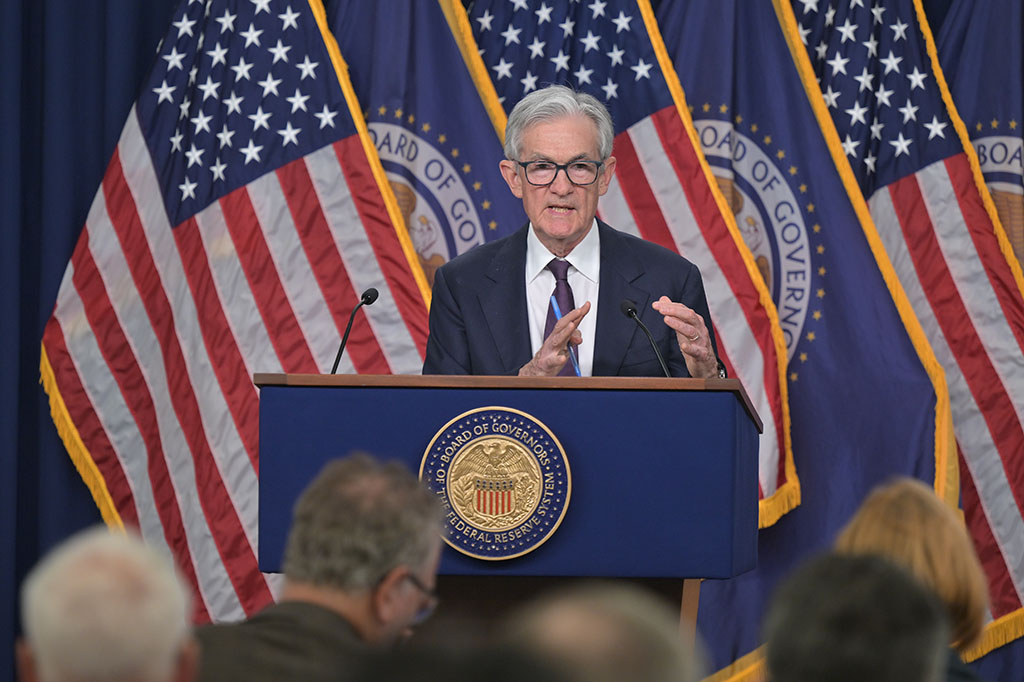.png)
October 30, 2025 at 3:57 AM IST
US markets had been basking in a Goldilocks glow, one where growth stays resilient, inflation glides lower, and the Fed obliges with steady rate cuts. Last night’s FOMC meeting, however, delivered a more sobering message: the fairy tale may not last much longer, said Madhavi Arora, Chief Economist at Emkay Global Financial Services Ltd.
The Fed cut rates by 25 bps and ended quantitative tightening as widely expected. But Chair Jerome Powell pushed firmly back against markets already pricing in another cut this December. Powell’s hawkish tone should also dampen concerns that the central bank was easing too quickly or for political reasons, she said in a note titled, “Easy There, My Friend.”
The meeting again underscored deep divisions within the FOMC. Powell emphasised strong disagreement about the next steps, and the vote included two dissents, one for a larger 50-bps cut and another unexpected one for holding rates steady. Powell while hawkish overall, sounded relatively relaxed about inflation, estimating that tariffs are adding only 0.5–0.6 percentage points to core inflation and expressing limited concern about spillovers into wages or expectations.
So far, US data has held up better than most forecasters expected. AI-related investments have provided a fresh lift to GDP, and an estimated $8 trillion in equity wealth gains this year have propped up consumer spending, offsetting weakening job growth and inflation’s squeeze on real incomes. But the call for another 25-bps cut in December now hinges squarely on how fragile the labour market looks once the government reopens and data flow resumes, Madhavi Arora said.
The Fed’s pause reinforces the caution among emerging markets. Central banks across emerging markets, particularly in Asia, have already turned more cautious as their easing cycles mature and disinflation slows, she said.




